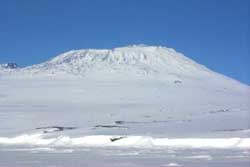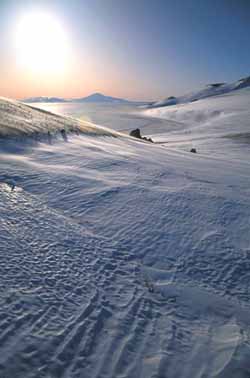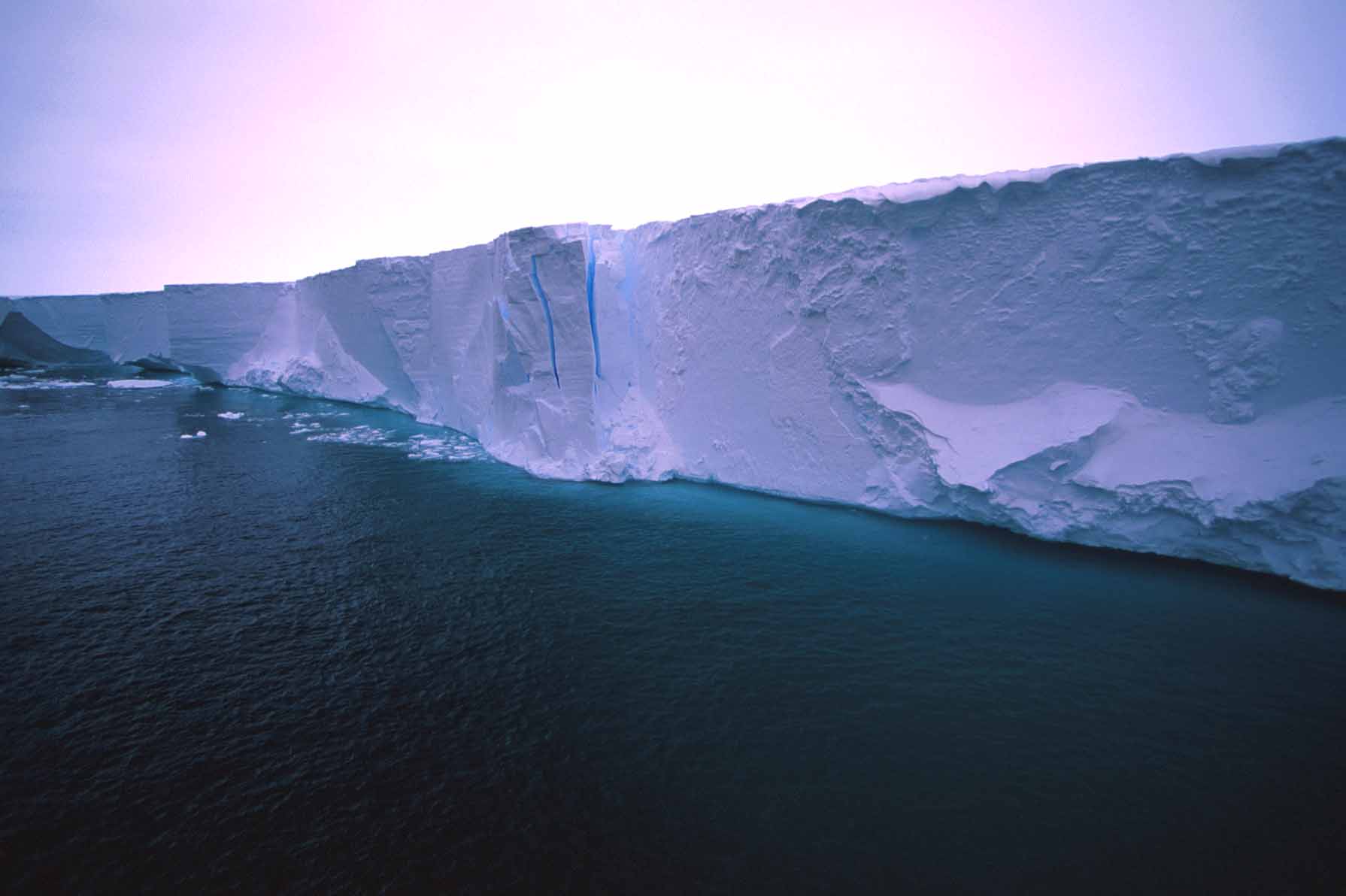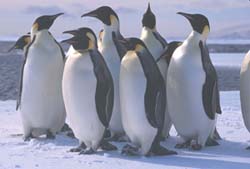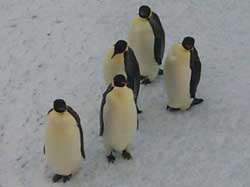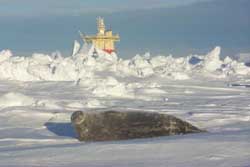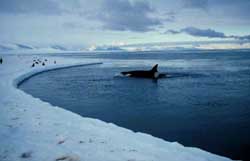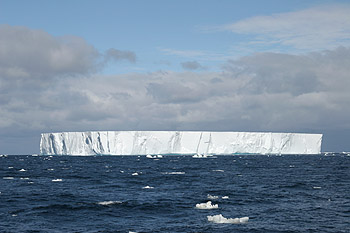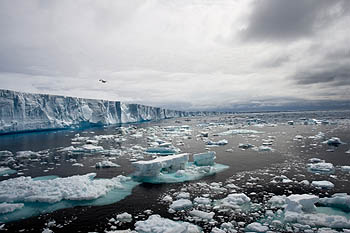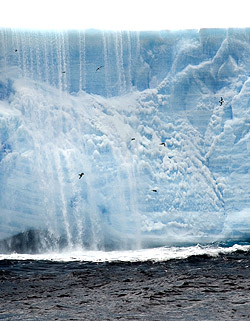 | Ecological Systems |
|
Mt. Erebus |
Antarctica Icescapes |
Ross Ice Shelf |
|
Emperor Penguins |
|
Seal |
|
Killer Whale |
This photograph shows the smaller of the two icebergs (designated Iceberg W-86) studied by Ken Smith and his coauthors in the Weddell Sea. Their preliminary study showed that both large and small icebergs are surrounded by "halos" of abundant marine life that extend out several kilometers from the iceberg itself.Image: (c) 2005 Kim Reisenbichler-http://www.mbari.org/news/news_releases/2007/icebergs.html |
This very large iceberg in the Weddell Sea (designated A-52) was about 5 kilometers (three miles) wide and 21 kilometers (13 miles) long. Researchers found zones of abundant marine life around large icebergs such as this one and around a smaller iceberg that was only a few kilometers across.Image: (c) 2005 Rob Sherlock - http://www.mbari.org/news/news_releases/2007/icebergs.html |
|
Ken Smith''s team observed that several types of open-ocean birds, including these Cape Petrels, were more abundant around drifting icebergs than in the open waters of the Weddell Sea. The waterfall behind the birds is meltwater from the iceberg, which appears to act as a fertilizer to the waters surrounding the ice.Image: (c) 2005 Rob Sherlock-http://www.mbari.org/news/news_releases/2007/icebergs.html |
The ROAVERRS project (Research on Ocean Atmosphere Variability and Ecosystem Response in the Ross Sea) is a multi-institutional, cross-disciplinary endeavor to examine the atmospheric and environmental interactions that influence biological populations in Ross Sea, Antarctica. The benthic ecology group at MBARI participated in this project by examining the effects of atmospheric variation on benthic communities in the Ross Sea
